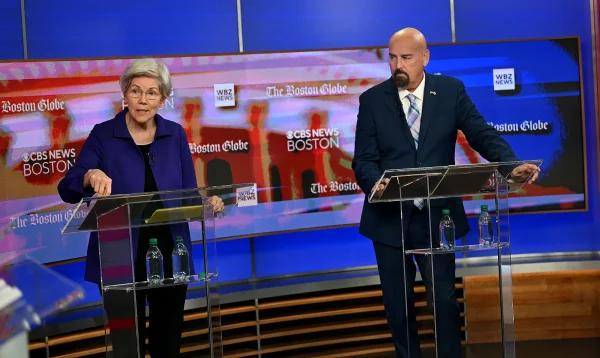For international students, remote learning poses a unique challenge
April 12, 2021
The experience of international students residing in the U.S. or abroad is unlike other Simmons students, especially when it comes to online learning. From time zone differences to visa troubles, remote learning has created a very specific set of challenges for Sharks across the globe.
There are two main categories of international students that come to Simmons: F-1 international students who come to the U.S. for the sole purpose of enrolling in higher education, and “Big I” international students, who are U.S. citizens born abroad, have other visa types, but consider themselves international due to travel.
As Director of the Center of Global Education (CGE) Mary Struzska-Tyamayev said, “the term International student is kind of complicated.”
Currently, of the F-1 international students, there are around 100 attending undergraduate and graduate programs. Of that 100, Struzska-Tyamayev said, there are currently 21 international students living outside of the U.S. and taking courses.
Angela Wu, an F-1 student, was concerned about her visa status when Immigrations and Customs Enforcement (ICE) announced in July 2020 that all international students would be unable to enter the U.S. if their university decided to go remote. She would miss clinicals, and her graduation would be delayed by two years if she couldn’t return to Boston.
In August 2020, Simmons Residence Life announced housing would be available for students with in-person courses requirements, unsafe or difficult living conditions, and international students. International students would be guaranteed housing accommodations for the Fall and Spring semesters of 2020-21.
Residence Life coordinated with international students regarding early move-in accommodations according to Alison Williams, administrative assistant in the Office of Residence Life.
Melody Tuan, a third-year taking courses from her home in Taiwan, explains that the most challenging part about being a remote student has been minor miscommunications with professors and maintaining the workload with the time difference. She stated she often feels conflicted about her education.
“Sometimes the time difference makes it hard for me to stay engaged, especially since online learning requires a balance of asynchronous and synchronous work,” Tuan said. “Sometimes I feel as if being in class isn’t necessary since the material was already covered through large amounts of asynchronous work.”
“Group projects are also extremely hard to coordinate,” Tuan added.
After one semester of courses ranging from 11 p.m. to 4 a.m., first-year student Mishal Nawaz, taking courses from Singapore, decided to take the spring semester off, hoping to have a real college experience next year.
“Attending class was really hard,” she said, “especially when I could hear my sister watching TV or getting ready for bed.”
Her 12 to 2 a.m. classes were moved from 1 to 3 a.m. due to daylight savings, making it harder for her to participate and attend classes.
To support Simmons international students, the CGE, undergraduate advising, and the Center for Excellence in Teaching (CET) partnered to create faculty guidelines specifically for international students.
Associate Director of the Undergraduate Advising Office Sara Squeglia said they intentionally explained to faculty that international students might need extra flexibility.
When it came to accommodations, Tuan and Nawaz both said that with a twelve- to-thirteen-hour time difference, professors have been extremely accommodating, be it adjusting test and assignment deadlines to their student’s time zones or meetings outside of office hours.
But even with the flexibility from professors staying on top of course work and attending classes takes a toll.
For international students, the CGE also provides additional guidance and aid. In the case of F-1 students, the CGE has in-person check-ins for both immigration compliance-related work and personal discussions. Before online courses, F-1 students met with Struzska-Tyamayev once per semester, but now with online learning, she has increased these meetings to three per semester.
However, for international students outside of the F-1 category, their professors are not notified of their time difference, the flexibility they may need, or additional support from the CGE. Due to the difficulty in identifying non-F-1 international students, the CGE is unable to support “Big-I” international students in the same way.
If a non-F-1 international student needs additional support, they must reach out to the CGE for assistance, notify their professors that they are overseas and describe their time difference, along with any other circumstances that may prevent them from attending class or buying required course materials.
The programs put in place through the CGE, partnered with Undergraduate Advising, CET and Residence Life have certainly lessened the stress and anxiety levels of Simmons international students. While non-F-1 international students must actively reach out for aid themselves, they are still met with a group of individuals and departments ready to aid them in every way possible.








